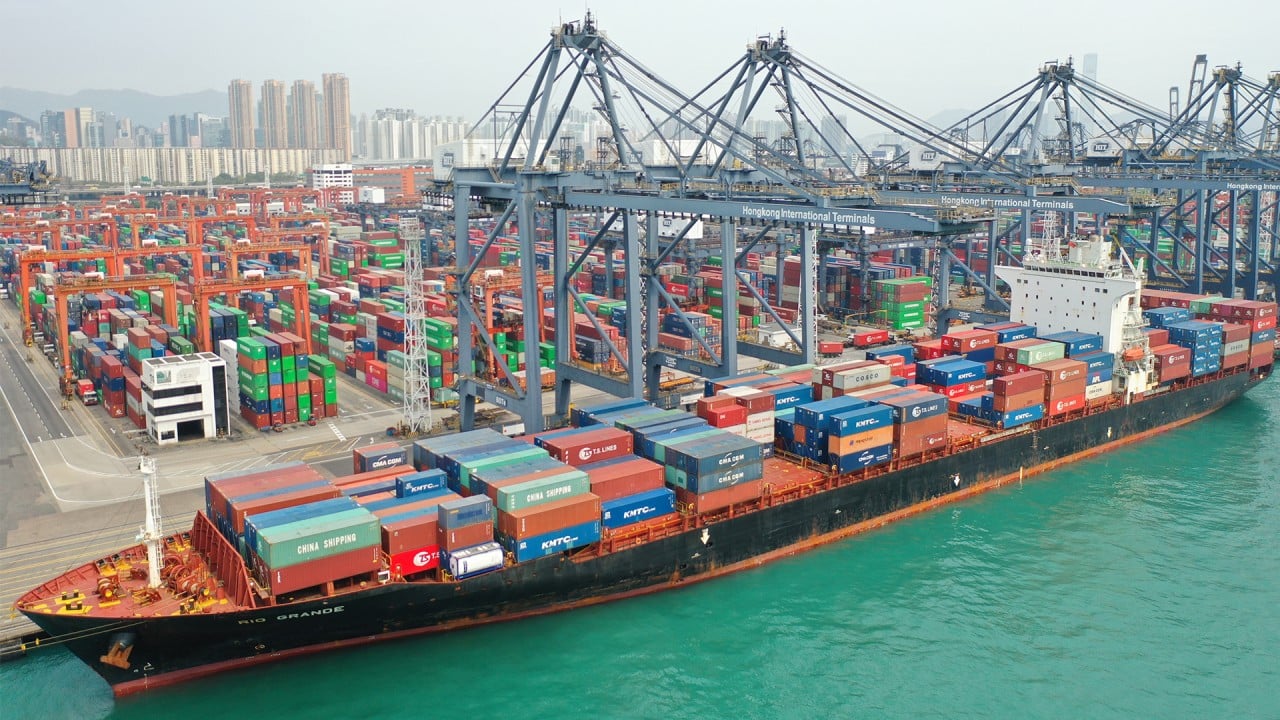
US-China cross-border investment drops to lowest level since 2009
- The investment between US and China dropped to US$15.9 billion in 2020, much less than the US$70 billion invested in 2016, according to a report
- US capital invested in China dropped by roughly a third from the year earlier to US$8.7 billion last year
“Bilateral investment has not continued along the trajectory we saw years earlier and, arguably, neither nation’s economic interests have been particularly well served,” said Stephen Orlins, president at NCUSCR.
US capital invested in China dropped by roughly a third from the year earlier to US$8.7 billion last year, a 16-year low, mostly driven by the economic fallout caused by the pandemic, according to the report.

09:20
Trade ‘only one part of the battle‘ in China-Australia dispute, says legal expert Bryan Mercurio
Chinese investment in the US, on the other hand, inched up by US$900 million to US$7.2 billion in 2020, but the figure remained a fraction of the more than US$45 billion China invested in the US in the peak of 2016.
The businesses communities in the US and China have been caught in the middle of the worsening bilateral relations at a time when executives were looking to capture the next phase of growth in each other’s massive markets.
US, EU to hold China to account on ‘trade-distorting policies’
Since the beginning of the trade war in 2018, China has also increasingly taken up policies to direct its economy in the opposite direction of globalisation. The government doubled down on the country’s efforts to subsidise key tech industries to become less reliant on foreign countries.

03:53
China ‘closing in fast’, says US President Joe Biden in first address to Congress
The pandemic depressed the investments for the US businesses to expand in China. After Walmart announced its opening of Sam’s Club in Shanghai, and Tesla’s phase-two project of the Shanghai gigafactory, fewer and smaller projects followed.
The acquisitions have also slowed, led by the PepsiCo’s US$750 million purchase of Be & Cheery and Cabot’s US$115 million acquisition of Shenzhen Sanshun Nano New Materials. Most deals were small to medium in size and were limited in the consumer products sector, according to the report.
China’s investments in the US last year were driven mostly by two large purchases including tech giant Tencent’s US$3.4 billion acquisition for a minority stake in Universal Music Group and Harbin Pharmaceutical Group’s US$770 million paid for the bankrupt GNC Holdings.
World Economic Forum cancels Singapore meeting, citing pandemic
That was a far cry from the 2016 peak when Chinese buyers were aggressively scooping up American businesses, buying up iconic US real estate properties and broadening the type of the purchases into entertainment, transportation and other areas.
As the pandemic loosens its grip on the US and China and the economies further rebound, the levels of investment activities are expected to come back up, the Wednesday report said.
But policy developments in Washington and Beijing remain a wild card, the report added. Whether the two countries will see a more sustained growth in investment hinges on how the two governments handle policies that would either encourage or block capital flow between the borders.

